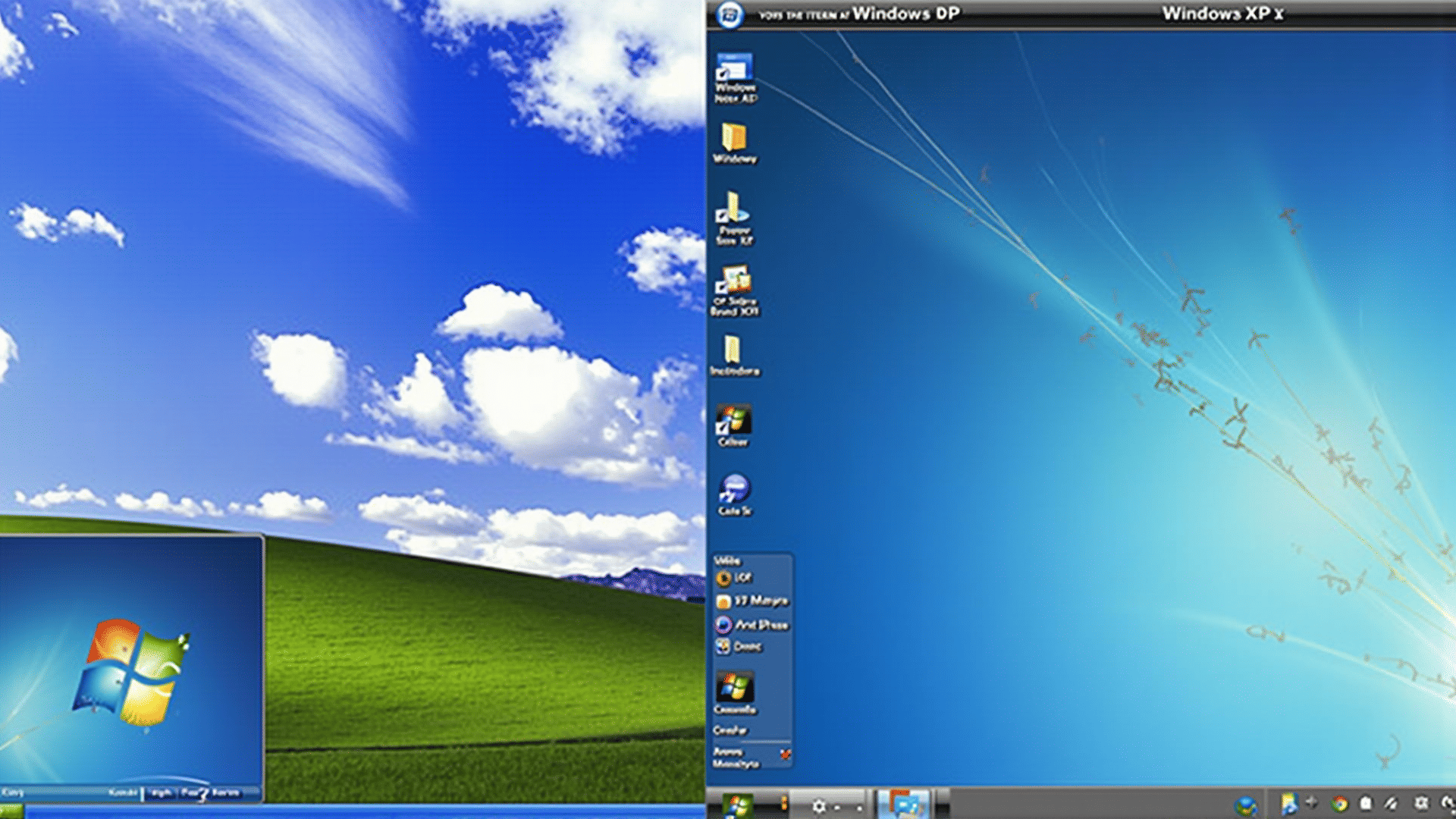Microsoft's journey through its operating systems, from Windows XP to Windows 10, has significantly influenced modern web design. The company's impact is unmistakable, shaping not only how websites are designed but also how they are experienced by users. This transformation reflects a broader trend where aesthetics align with functionality, creating more intuitive and visually appealing digital environments.
The Era of Windows XP:
Released in 2001, Windows XP was a turning point in user interface design. It introduced the notion of a more visually engaging OS with its colorful, user-friendly interface. This marked the beginning of a shift toward more aesthetically pleasing digital environments, which web designers soon adopted. The notion that aesthetics could enhance the user experience became a foundational element of web design, urging designers to consider color schemes, layouts, and typography more thoughtfully.
Transition with Windows Vista and Windows 7:
With the release of Windows Vista in 2007 and subsequently Windows 7 in 2009, Microsoft continued to push for a more refined and sophisticated UI. These operating systems introduced cleaner lines and transparency effects, which influenced web design trends such as minimalism and the widespread adoption of semi-transparent overlays. Additionally, the emphasis on integrating usability with design sensibilities encouraged the exploration of new navigation paradigms online.
Windows 8 and the Introduction of Metro Design:
In 2012, Microsoft unveiled Windows 8, which radically altered its UI approach with the introduction of Metro design, later known as Microsoft Design Language. This approach emphasized simplicity, bold typography, and vibrant color blocks arranged in a grid layout. Its roots being firmly planted in Swiss design minimalism, this concept inspired a wave of flat design in the web development community. Websites started adopting cleaner, uncluttered layouts, focusing on content-driven interfaces and responsive designs.
The Ubiquity of Windows 10 and Consistency Across Platforms:
Upon the release of Windows 10 in 2015, Microsoft aimed for a universal design language that would provide consistency across all devices, whether desktop or mobile. Features of Windows 10, such as adaptive design elements, informed the crucial shift toward responsive web design. The operating system's capacity for seamless functionality across platforms highlighted the importance of delivering a unified experience regardless of the user's device, which web designers embraced wholeheartedly.
Modern Influence and the Rise of Fluent Design:
The introduction of the Fluent Design System marked another evolution in Microsoft's design philosophy. Launched in 2017, Fluent Design provided a more versatile and immersive user experience, heavily relying on depth, motion, and light to guide users intuitively through digital environments. This emphasis on experiential design has inspired web designers to incorporate dynamic elements into their work, enhancing interactivity and offering a more engaging digital journey for users.
Conclusion:
Microsoft's influence on modern web design is profound, reflecting a continuous commitment to enhancing the aesthetic and functional integrity of digital interfaces. From shaping early visual palettes in the days of Windows XP to pioneering advancements in adaptive and responsive design, Microsoft's journey mirrors the evolution of web design itself. In an era where user-centered design is paramount, the lessons drawn from Microsoft's development phases continue to inform and inspire web designers worldwide, underscoring the importance of balancing aesthetic appeal with functional utility for an optimal user experience.
